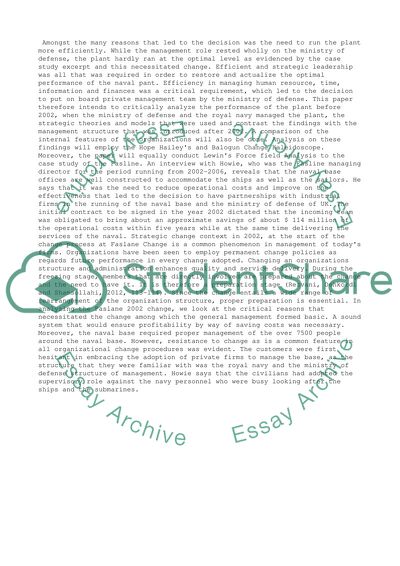Cite this document
(“Eportfolio Essay Example | Topics and Well Written Essays - 2000 words”, n.d.)
Eportfolio Essay Example | Topics and Well Written Essays - 2000 words. Retrieved from https://studentshare.org/management/1474711-eportfolio
Eportfolio Essay Example | Topics and Well Written Essays - 2000 words. Retrieved from https://studentshare.org/management/1474711-eportfolio
(Eportfolio Essay Example | Topics and Well Written Essays - 2000 Words)
Eportfolio Essay Example | Topics and Well Written Essays - 2000 Words. https://studentshare.org/management/1474711-eportfolio.
Eportfolio Essay Example | Topics and Well Written Essays - 2000 Words. https://studentshare.org/management/1474711-eportfolio.
“Eportfolio Essay Example | Topics and Well Written Essays - 2000 Words”, n.d. https://studentshare.org/management/1474711-eportfolio.


